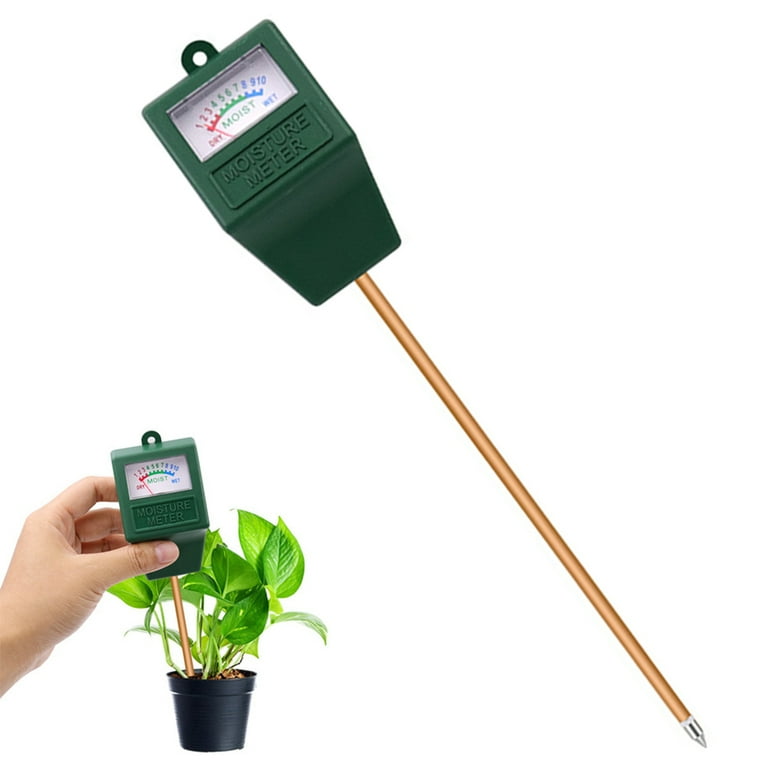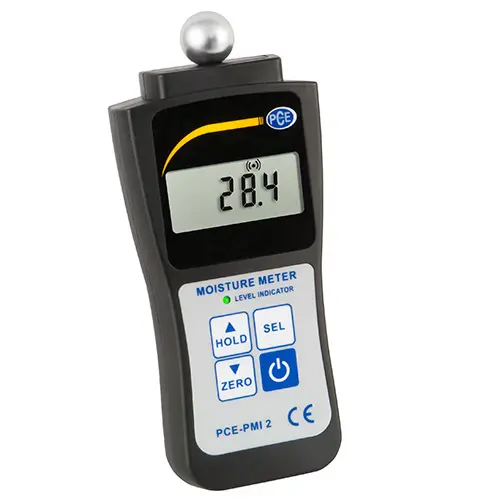How a Moisture Meter Can Boost Your Construction Jobs and Stop Damages
How a Moisture Meter Can Boost Your Construction Jobs and Stop Damages
Blog Article
The Ultimate Overview to Wetness Meters: A Comprehensive Summary and Exactly How They Can Conserve You Cash
Moisture meters serve as indispensable tools in discovering and keeping an eye on moisture material in materials, aiding in avoiding costly damages and guaranteeing the high quality of items. Recognizing the nuances of different kinds of wetness meters, their applications, and the potential cost-saving benefits they use can be a game-changer for services and experts alike.
Sorts Of Dampness Meters
Various kinds of wetness meters are offered for various applications in various sectors. One typical kind is the pin-type moisture meter, which measures the electrical resistance between two pins placed into a material. This type is ideal for timber, drywall, and various other building products. Pinless wetness meters, on the various other hand, usage electro-magnetic sensor plates to check a larger location without creating damages to the material's surface area. Moisture Meter. These meters are ideal for quickly evaluating wetness degrees in huge locations such as floorings and walls.

Additionally, there are also specialized moisture meters created for particular materials like dirt, grain, or hay. These meters give accurate dampness analyses customized to the distinct buildings of the material being examined. Infrared moisture meters gauge the thermal residential or commercial properties of a material to identify its dampness web content non-invasively, making them helpful for applications where pin or pinless meters might not appropriate. Understanding the different kinds of wetness meters offered can aid industries choose the most suitable tool for their particular wetness dimension needs.

Benefits of Using Dampness Meters
Dampness meters use indispensable advantages in properly checking and examining dampness levels in varied materials and environments (Moisture Meter). One of the key benefits of utilizing moisture meters is the avoidance of potential damages brought on by excess moisture. By discovering and resolving high wetness levels at an early stage, moisture meters aid to avoid mold and mildew growth, rot, and structural damage in structures, conserving both time and money on repair work. In addition, moisture meters help in guaranteeing the top quality of materials during building and construction or production procedures. By properly determining wetness material, these tools assist preserve the honesty of timber, drywall, concrete, and other products, decreasing the risk of failures or flaws.
Additionally, making use of wetness meters can lead to boosted energy effectiveness. In agricultural settings, moisture meters play a critical role in enhancing plant yields by allowing farmers to monitor dirt moisture levels and make educated watering choices.
Exactly How to Select the Right Wetness Meter
Choosing the proper moisture meter entails considering key aspects such as material compatibility, measurement range, and calibration accuracy. When selecting a dampness meter, it's important to ensure that the meter appropriates for the details material you will certainly be screening. Different materials have varying electrical buildings that can influence wetness analyses, so selecting a meter created for your product is important for precise results. In addition, take into consideration the measurement range of the dampness meter. Guarantee that the meter can find dampness levels within the variety required for your applications. Calibration precision is another vital element to maintain in mind. Decide for a moisture meter with trusted calibration to make sure consistent and specific analyses. Some meters might call for regular calibration adjustments, so understanding the calibration process is crucial. By thoroughly evaluating these aspects, you can choose a dampness meter that fulfills your needs and supplies accurate moisture dimensions for your projects.
Proper Strategies for Dampness Meter Use

Expense Cost Savings Via Dampness Meter Applications
How can the tactical use of dampness meters lead to substantial expense financial savings across various sectors? In the farming market, dampness meters aid in identifying the ideal time for collecting plants, protecting against excess or over-drying moisture that can affect the last item's quality.
Likewise, in building and construction, dampness meters aid avoid expensive damages by discovering dampness degrees in building products, such as wood or concrete, which can cause structural problems if not addressed immediately. By determining problem locations early, service providers can take restorative actions to avoid comprehensive repairs or replacements, eventually conserving time and cash.
Furthermore, in the food handling market, dampness meters are important for monitoring product high quality and ensuring additional hints conformity with safety and security policies. By accurately gauging wetness content in food items, makers can stop putridity, keep quality, and reduce waste, leading to significant cost financial savings. Overall, the strategic application of dampness meters is a useful financial investment that can result in considerable price reductions and enhanced performance across different industries.
Verdict
Finally, wetness meters are valuable tools for finding and measuring wetness levels in different products. By using the appropriate dampness meter and following correct methods, individuals can successfully stop costly problems brought on by excess wetness. Buying a high quality moisture meter can cause considerable cost financial savings in the lengthy run by determining potential concerns early and allowing punctual removal. Ultimately, wetness meters are necessary tools for keeping the stability and long life of structures and materials.
Moisture meters offer as indispensable tools in finding and checking moisture material in materials, helping in avoiding expensive damages and making sure the quality of products. Infrared dampness meters gauge the thermal residential or commercial properties of a material to identify its moisture content non-invasively, making them useful for applications where pin or pinless meters might not be appropriate.Dampness meters use invaluable benefits in properly keeping an eye on and evaluating wetness degrees in varied materials and environments. In farming setups, wetness meters play an essential role in maximizing plant yields by allowing farmers to keep an eye on dirt wetness degrees and make informed watering decisions.In verdict, moisture meters are beneficial devices for spotting and gauging dampness levels in More Help different products.
Report this page